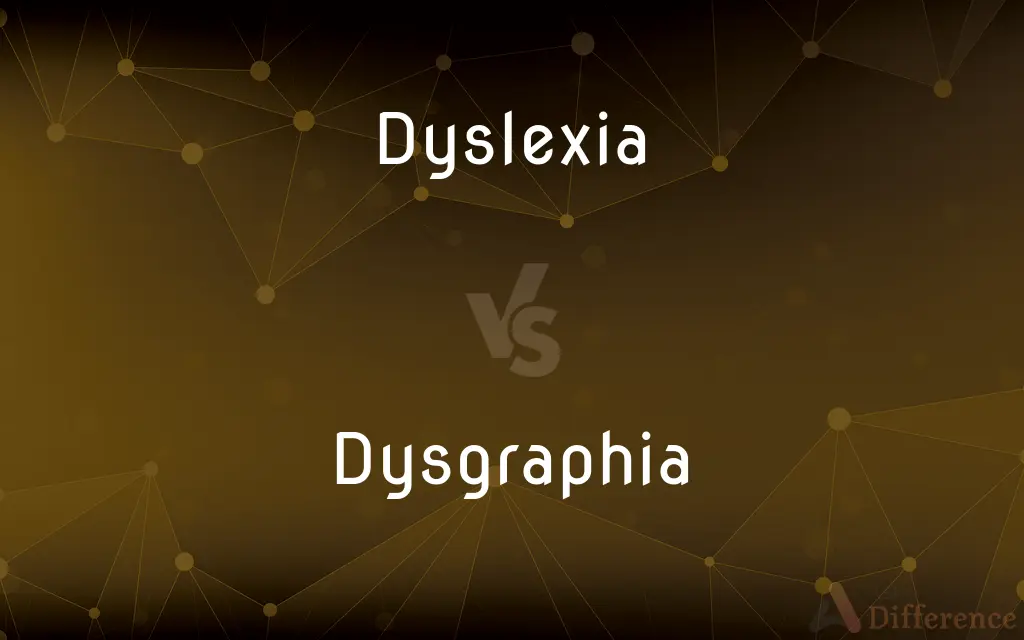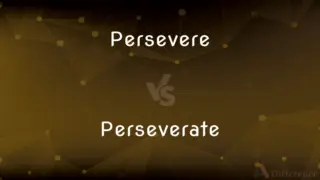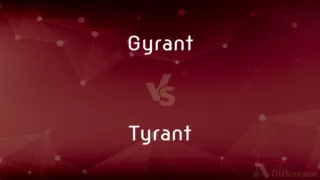Dyslexia vs. Dysgraphia — What's the Difference?

Difference Between Dyslexia and Dysgraphia
ADVERTISEMENT
Compare with Definitions
Dyslexia
Dyslexia, also known as reading disorder, is characterized by trouble with reading despite normal intelligence. Different people are affected to different degrees.
Dysgraphia
Dysgraphia is a deficiency in the ability to write, primarily handwriting, but also coherence. Dysgraphia is a specific learning disability (SLD) as well as a transcription disability, meaning that it is a writing disorder associated with impaired handwriting, orthographic coding and finger sequencing (the movement of muscles required to write).
Dyslexia
A learning disability marked by impairment of the ability to recognize and comprehend written words.
Dysgraphia
A neurological disorder marked by impairment of the ability to write, especially to write by hand and to spell. It can occur as the result of brain damage or in association with learning disabilities.
Dyslexia
A learning disability characterized by reading and writing difficulties.
ADVERTISEMENT
Dysgraphia
A language disorder that affects a person's ability to write.
Dyslexia
An impaired ability to read.
Dysgraphia
Impaired ability to learn to write
Dyslexia
Impaired ability to learn to read
Share Your Discovery

Previous Comparison
Persevere vs. Perseverate
Next Comparison
Gyrant vs. Tyrant













































